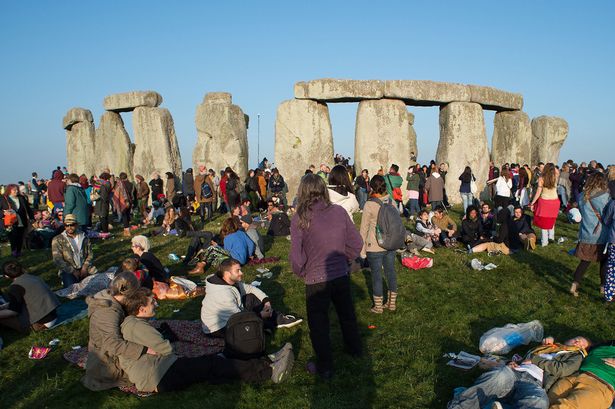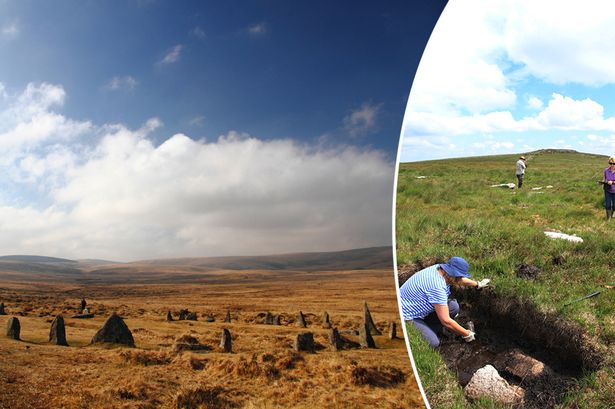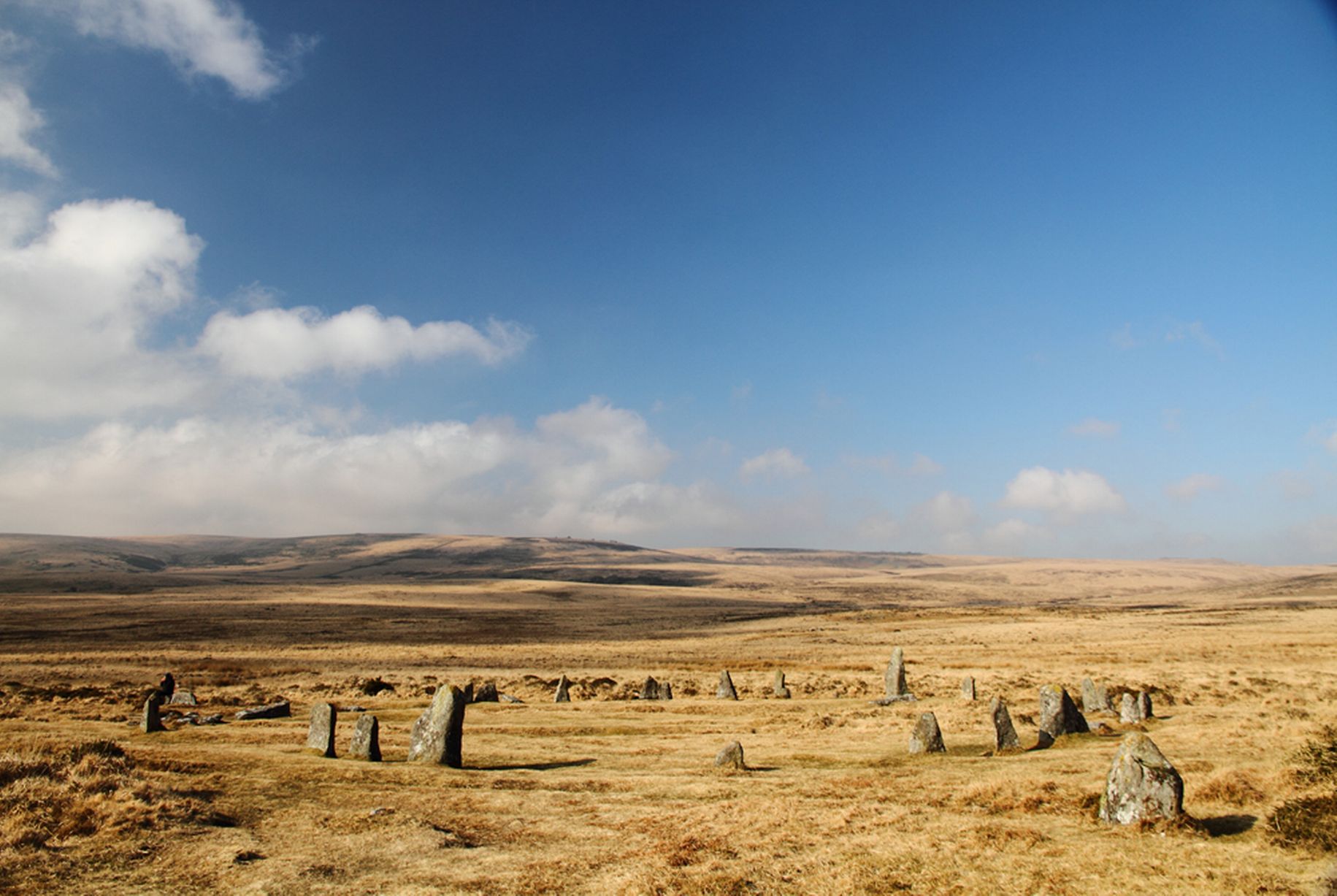The mysterious ruined structure is the first circle to be found on the moor for more than a century and is evidence the area was home to an advanced ancient civilisation.
Although the 30 stones fell down an estimated 4,000 years ago, they would once formed a forbidding circle standing 34 metres wide.
The newly-discovered henge is thought to have formed part of a "sacred arc" of stone circles around Dartmoor's north-eastern edge and is the highest rock ring in southern England.
There is evidence fires were lit inside these stones, suggesting our ancient ancestors used them for religious rites or feasting.
Mike Nendick, an archeology expert and spokesperson for Dartmoor National Parks, painted an evocative picture of what this arc may have looked like.
"It's speculation, but it might be that you had ceremonies on dark, clear nights, with flames visible from one circle to the other," he told Mirror Online.
"These stone enclosures stood on remote moorland and looked across the hills.
"It's incredible to imagine this civilisation, who would have spoken an alien language and behaved totally differently to modern-day British people."
Archaeologists used carbon testing to reveal the age of the stones. By testing the peat underneath the fallen rocks, they found the huge slabs fell over roughly 4,000 years ago and may have first been erected as far back into history as 3,000 BC.
Stonehenge is thought to have been built between 3,000 and 2,000 BC.

Our ancestors are also thought to have mined tin to make bronze, traded with partners as far away as the Baltic and created weapons or trinkets of astonishing beauty.
In a nod to modern life, Nendick added, they also wore jewelry which will be familiar to anyone who's lived in the trendier parts of modern Britain: ear stretchers.
The grave of a girl aged between 14 and 24 showed she wore devices to make huge holes in her ears and lips.
"There's nothing new in the world," Nendick joked.





is so interesting because it is our future.
Rather than being different from us, they were just like us.
The cave paintings are phenomenal examples of the humans like us.
Using the surface of the walls as texture to create depth, shadow, energy.
Ask yourself: Where did this extreme emphasis of the left brain come from?
41,000 y ago the Phlagaran Field volcanoes of Italy blew and Europe of the Neanderthals was decimated. Then the planets magnetic field reversed. The entire magnetic field of the Earth weakened and reversed for a short time.
What were we before the reversal? Were we the opposite of left brain? Instead of artists, were we analytical thinkers? The products of a right brain? Builders of stone pyramids whose function was to preserve the right brain during the collapse of the Earth's magnetic field?
Flowers for Algernon.